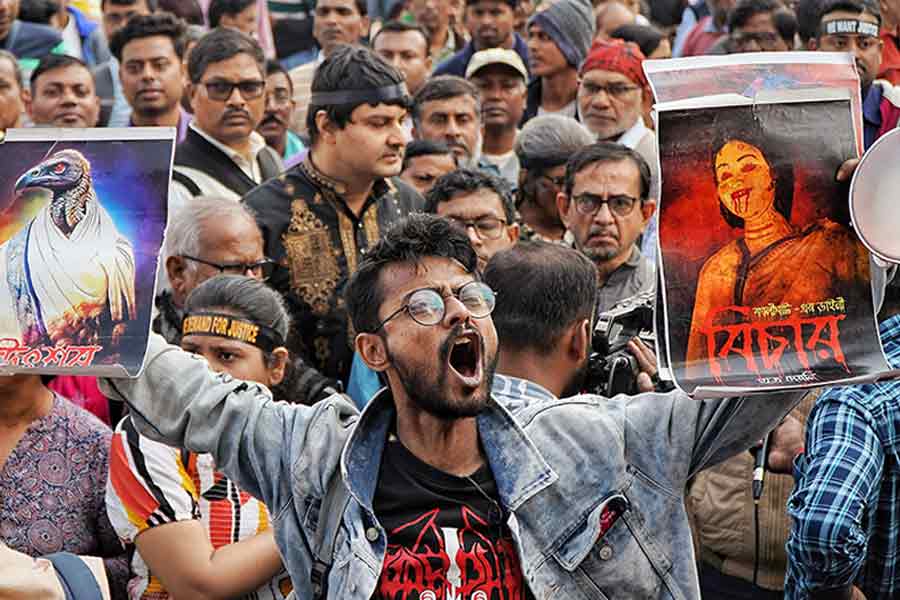Pain in the chest at any age, especially if it occurs suddenly on the left side, is frightening. It conjures up visions of heart attacks and sudden death. Although heart attacks typically were believed to occur in older people, now age no longer seems to be a criterion. Newspapers carry reports of young people suddenly clutching their chests and either dying or being hospitalised for stents and other interventions.
The good news is that even though 75 per cent of people who go to the emergency have chest pain, the cause is non-cardiac in 25 per cent. This does not mean that chest pain should not be taken seriously. All chest pain needs investigation with blood tests, ECGs and perhaps cardiac monitoring.
Non-cardiac chest pain is challenging to distinguish from cardiac pain. It can also occur on the left side of the chest, can be intermittent and can radiate to the back and neck and down the left arm. It can be severe enough to cause breathlessness, sweating and a feeling of light-headedness.
The commonest site from which non-cardiac chest pain arises is the oesophagus. It can inexplicably go into painful spasms. The oesophageal muscles have to work in rhythmic coordination to propel food to the stomach. When one segment contracts, the other has to relax — uncoordinated action results in the sense of choking and pain. There may be GERD (gastro-oesophageal reflux disease). Acid from the stomach regurgitates into the oesophagus, causing uncomfortable burning and pain. Iron deficiency, which is very common in India, can cause constricting, painful webs and strictures to form in the oesophagus. The nerves in the oesophagus may be hypersensitive, causing pain when food distends it.
The bones of the spine and the ribs surrounding the chest may be the cause of the pain. The joints at the junction between the breast bone and ribs may get dislocated due to trauma or carrying weights. In addition, a viral infection called costochondritis can occur in these joints, causing pain. External pressure applied to the chest can reproduce pain due to bone and muscle problems. Movements of the chest also aggravate it. This is not the case with heart pain.
Lung diseases, particularly infections of the lining of the lungs (pleura), can cause stabbing, searing pain.
In many cases, non-cardiac chest pain is precipitated and aggravated by stress, anxiety or depression. These in themselves can cause stomach ulcers and oesophageal hypersensitivity.
Heart attacks run in families and are influenced by genes. They are more likely to occur in older people (over 65), males, smokers, those who consume alcohol (more than the recommended one drink a day for women and two for men), have poorly controlled diabetes or hypertension, have elevated lipids, are overweight and physically inactive.
It is important to evaluate chest pain irrespective of age. Once the pain has been diagnosed as “non-cardiac”, lifestyle changes should be initiated to correct causative factors and prevent recurrences.











